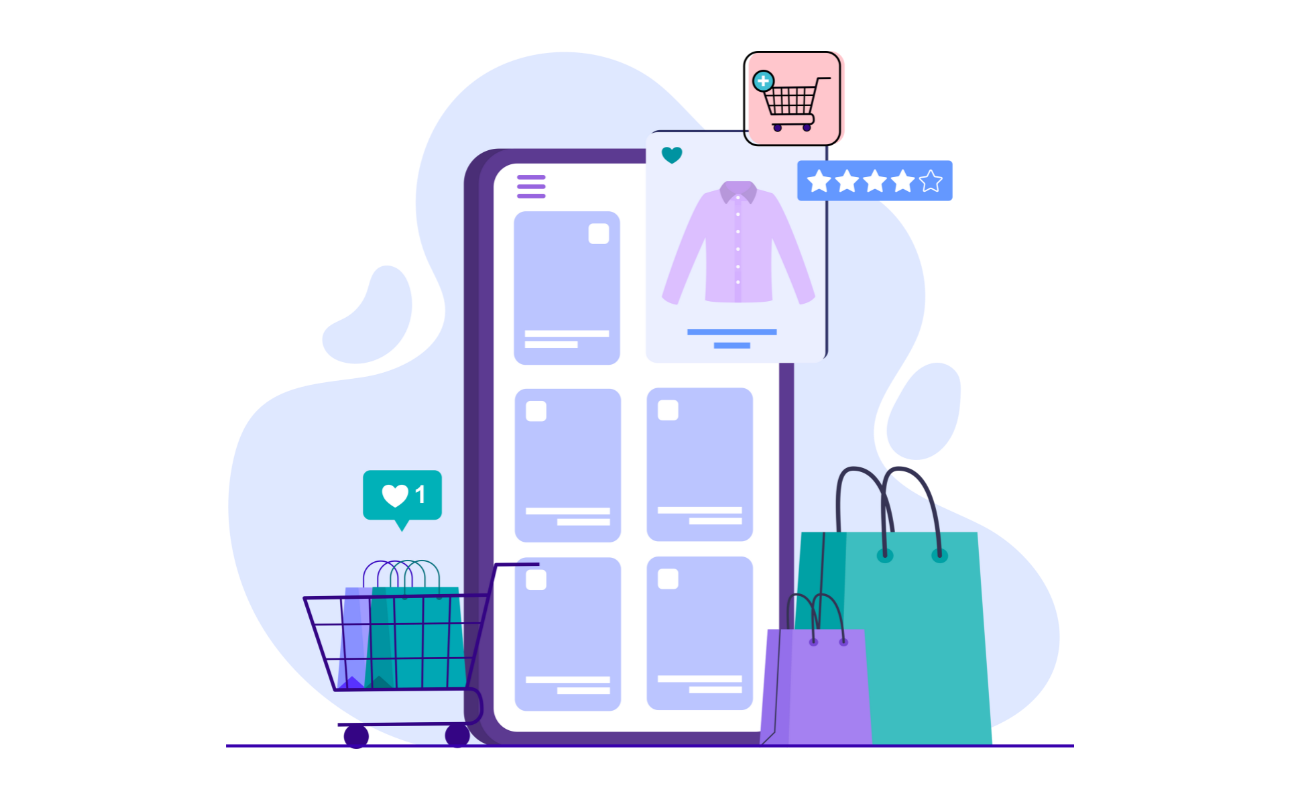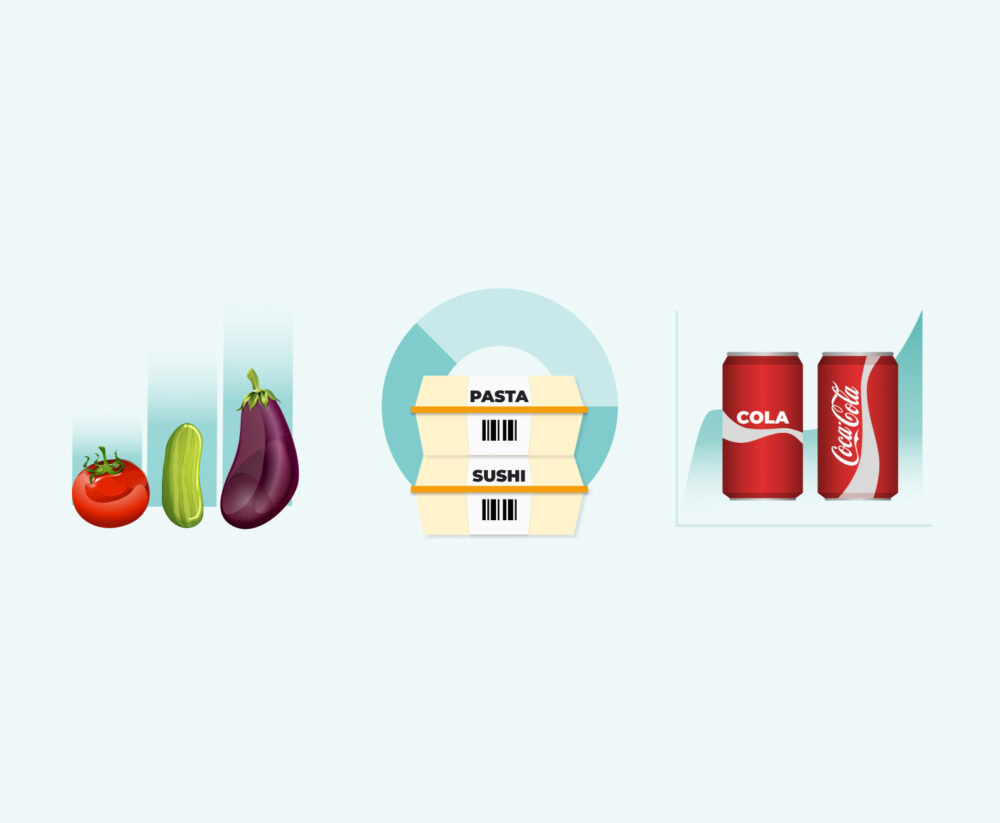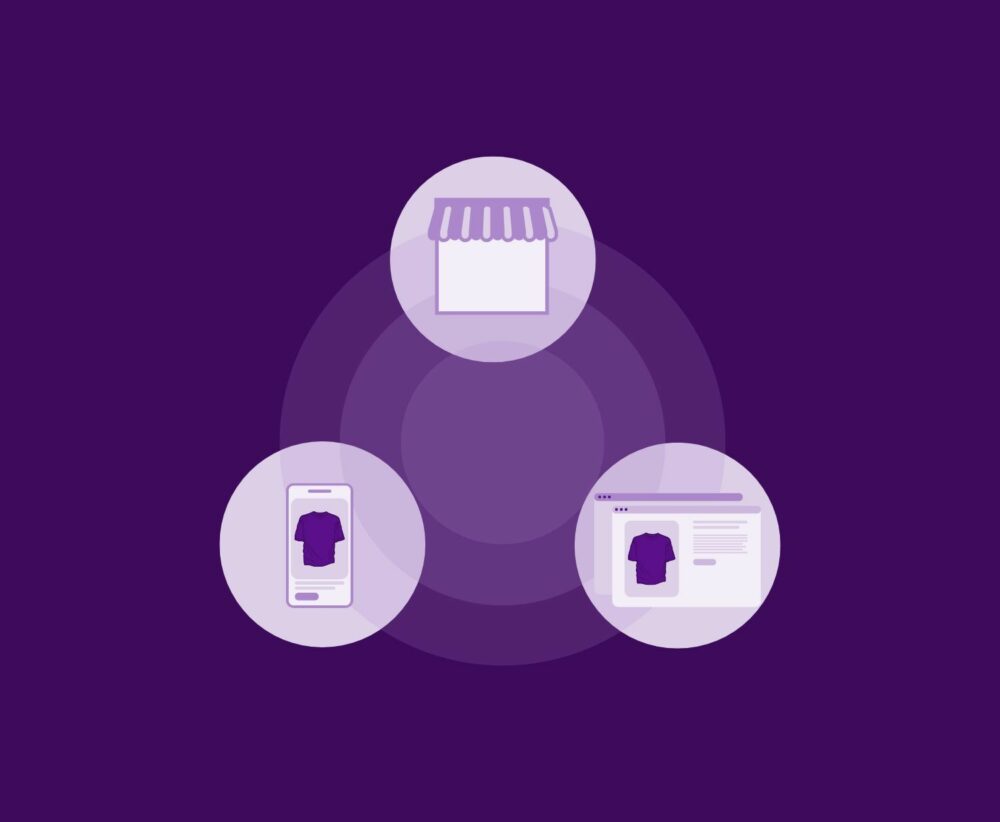Optimizing your product pages: The key to success on the Digital Shelf
In today’s context, the success of a product depends to a large extent on how it is presented in the online environment. 81% of retail consumers say they do research on the Internet before making a purchase. Furthermore, almost 80% of consumers confess that they consult a retailer’s website from their mobile while they are in the physical store.
The ROPO phenomenon (Research Online, Purchase Offline) is not new. But its popularity has grown exponentially, as more and more people experience their buyer journey through multiple channels. People like to research products online, using e-commerce sites and marketplaces. But then, they continue to make their purchases in-store. Either because of the personalized attention they receive, or because they can touch the product before buying it.
In any case, with the rise of e-commerce, product pages have become the digital showcases that capture consumers’ attention. The optimization of these pages is essential to ensure an effective presence on the Digital Shelf. In this article we will explore key strategies to maximize the impact of product pages and succeed in this competitive digital environment.

Understanding the digital shelf
Before diving into optimization strategies, it is crucial to understand what exactly the Digital Shelf is. Similar to a physical shelf in a store, the digital shelf is the online space where products are displayed and sold. This space can be a search results page, an online catalog or even a marketplace like Amazon.
In this context, a product page is much more than a simple description. It is the first impression consumers have of a particular item. Therefore, optimizing these pages is essential to stand out from the competition and convert visitors into customers.
We have already mentioned that even when they are in the physical store, customers check the page of the product they are interested in purchasing on the Internet. But what does the consumer need to check on the Internet that they cannot see in the physical store? An example could be the reviews of other buyers. In Europe, there are already physical stores, such as Media Markt, that include in the price tags that appear on their shelves a summary of the opinions that their customers have left online about their products.
Let’s take a look at the different strategies to optimize product pages and meet customer needs.
Strategies for optimizing your product pages
1. High quality images
Images are the first point of visual contact consumers have with a product. It is crucial to use high-quality images that show the product from different angles and in its context of use. Images must be clear, sharp and attractive to capture the viewer’s attention. 70% of consumers estimate that they need to see at least 3 high quality photos of the product before deciding to buy it.
Don’t forget about the usability of your website by including high quality images. Photographs must have the right weight, so as not to slow down your website, and the correct dimensions, so as not to spoil the format. Also, remember to include your product’s main keyword in the image title and alt text. This way, you will be able to position yourself in Google Images without any issues.
2. Detailed descriptions
Your product descriptions should be informative and persuasive. They should provide relevant details about the product’s features, its benefits and how it can meet the consumer’s needs. But they will have to do it in the most natural way possible, and transmit confidence to the user.
These are some of the key data to include in your product pages:
- Name: if someone is looking for dinosaur pajamas, they will type “dinosaur pajamas” in the search field. But it is possible that your product has another name or even a SKU, so the customer will not find the desired product. And if that happens, he will most likely leave your site and go look for dinosaur pajamas somewhere else.
- Product features: the more details you give, the better. The fact that the customer has all the information he needs at all times will prevent him from looking for what he needs on another website.
- Prices and discounts: they should always be updated and visible, so that the user knows from the beginning what your product is going to cost. A good practice is to place pricing details, discounts and other information that can trigger the sale near your CTA.
- Availability: informing about the availability of your products is the best service you can give to consumers.
One of the most frequent mistakes made when optimizing product pages is to copy directly the product description provided by the manufacturer. If we do this, we will duplicate the content. We and the 40 other stores that buy from the same manufacturer will post the same. And with this action we will be condemned to Google not showing us among the search results.
To avoid this, be original and approach your description from the point of view of the added value provided by your product. What makes you unique and distinguishes you from the competition.
Using relevant keywords and maintaining an optimal heading structure is also essential to improve SEO. This will also increase your visibility in online searches.
3. Ratings and reviews
Customer ratings and reviews are a powerful way to build trust and credibility in a product. We already know that this is one of the things that customers consult in the online product pages when they are in the physical store.
Encourage your customers to leave comments on the products purchased. Provide a space where they can include comments on the experience they have had with the article. These comments may solve doubts that future customers may have, and help them in their purchase decision.
In addition, by responding proactively to reviews, you will show that you value the feedback you receive from your customers and your commitment to their satisfaction.
4. Mobile device optimization
According to Statista’s Market Insights, mobile e-commerce sales will reach $2.2 trillion by 2023 and account for 60% of all e-commerce sales worldwide.
As more and more people make online purchases from mobile devices, it is crucial to ensure that product pages are optimized for these devices. This includes responsive design and fast page loading to ensure an optimal user experience on all devices.
5. Descriptive titles and tags
As we have already mentioned when we talked about images, titles and tags are other key elements for SEO and visibility in online searches.
They should be clear, concise and descriptive, using relevant keywords that help consumers find the product easily. Avoid using jargon or ambiguous terms that may confuse potential customers.
6. Demonstrative videos
The use of demonstrative videos is an excellent way to show the product in action and highlight its features and benefits in a more dynamic way.
Accordingly, you can use short, engaging videos that are easy to understand and capture the viewer’s attention from the start.
Challenges of optimizing your product pages
One of the main challenges that brands face when selling through e-commerce is to ensure the consistency and accuracy of their content in the different marketplaces and online distributors. As our CEO, Ricardo García, explained in the webinar “Optimización y tracking en el Digital Shelf” organized by Optopus on March 14, the solution involves 2 actions:
- A change of mentality in companies, accepting that the Digital Shelf is key to their current sales.
- Give the importance to the digital shelf and the optimization of product pages that they deserve, because they have a huge impact on all your sales, both online and offline.
In conclusion, product page optimization is a fundamental part of any e-commerce strategy. By implementing the above strategies, brands can increase their visibility on the Digital Shelf and improve the shopping experience for consumers. At the end of the day, it’s all about providing relevant, compelling and easy-to-find information that drives consumer confidence and turns your strategy into a sales success.



